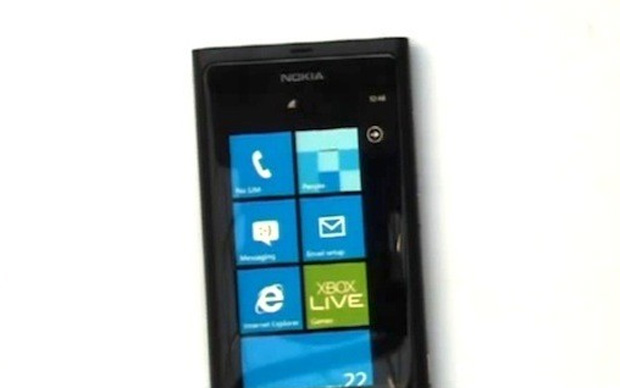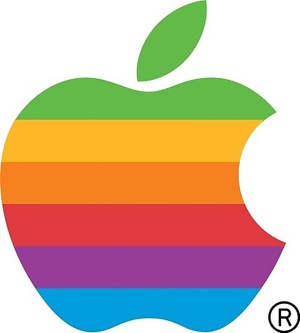[guest post by TS]
Reading, Reading, Reading, and a wee bit of watching. That's the life of a speculator.
You read that right: speculator. And proud of it. An investor makes careful, well-thought-out, mathematically enforceable/supportable decisions for long-term purchases, and will not back out of a purchase without careful deliberation. I'm no such beast. In the air of the Victor Niederhoffer I learned of via his autobiographical The Education of a Speculator, I make snap decisions in an effort, using knowledge gleaned from dozens of sources, to augment the fortunes of my descendants--my success is ongoing. Niederhoffer's book was in fact at the top of my summer reading list two summers ago.
Having said that, it's difficult for the average person to look at a company like Crocs, Inc. and see a global company. What they see are the Beach and Cayman (Classic) bright-colored Croslite shoes on the feet of their kids, not a strongly positioned global retailer. They are clearly not, unlike you and me, reading the source material available at SEC.gov. I found the following in the 10-K, filed on 2011-02-25, which gives some clue to the global distribution of Croc's products:
Distribution does not a successful brand make, but it does help with getting product in front of the buying public to replenish supplies that are moving off the shelves. What other small companies are similarly seeking a global footprint to enhance their long-term survival?
..TS.
Reading, Reading, Reading, and a wee bit of watching. That's the life of a speculator.
You read that right: speculator. And proud of it. An investor makes careful, well-thought-out, mathematically enforceable/supportable decisions for long-term purchases, and will not back out of a purchase without careful deliberation. I'm no such beast. In the air of the Victor Niederhoffer I learned of via his autobiographical The Education of a Speculator, I make snap decisions in an effort, using knowledge gleaned from dozens of sources, to augment the fortunes of my descendants--my success is ongoing. Niederhoffer's book was in fact at the top of my summer reading list two summers ago.
Having said that, it's difficult for the average person to look at a company like Crocs, Inc. and see a global company. What they see are the Beach and Cayman (Classic) bright-colored Croslite shoes on the feet of their kids, not a strongly positioned global retailer. They are clearly not, unlike you and me, reading the source material available at SEC.gov. I found the following in the 10-K, filed on 2011-02-25, which gives some clue to the global distribution of Croc's products:
Location | Use | Approximate Square Feet | ||||
|---|---|---|---|---|---|---|
Ontario, California | Warehouse | 399,000 | ||||
Narita, Japan(1) | Warehouse | 289,000 | ||||
Aurora, Colorado(2) | Warehouse | 264,000 | ||||
Leon, Mexico | Manufacturing/offices | 226,000 | ||||
Leon, Mexico | Warehouse/offices | 214,000 | ||||
Rotterdam, the Netherlands | Warehouse | 183,000 | ||||
Shanghai, China | Warehouse | 76,000 | ||||
Niwot, Colorado | Corporate headquarters | 69,000 | ||||
Niwot, Colorado | Regional offices | 60,000 | ||||
Tampere, Finland(3) | Warehouse/offices | 60,000 | ||||
Melbourne, Australia | Warehouse | 48,000 | ||||
Shenzen, China | Manufacturing/offices | 32,000 | ||||
Den Haag, the Netherlands | Regional offices | 27,000 | ||||
Padova, Italy | EXO's Regional offices/manufacturing facility | 28,000 | ||||
Singapore | Regional offices | 26,000 | ||||
Gordon's Bay, South Africa | Warehouse/offices | 24,000 | ||||
Niwot, Colorado | Warehouse | 15,000 | ||||
Shanghai, China | Regional offices | 13,000 | ||||
Distribution does not a successful brand make, but it does help with getting product in front of the buying public to replenish supplies that are moving off the shelves. What other small companies are similarly seeking a global footprint to enhance their long-term survival?
..TS.

















